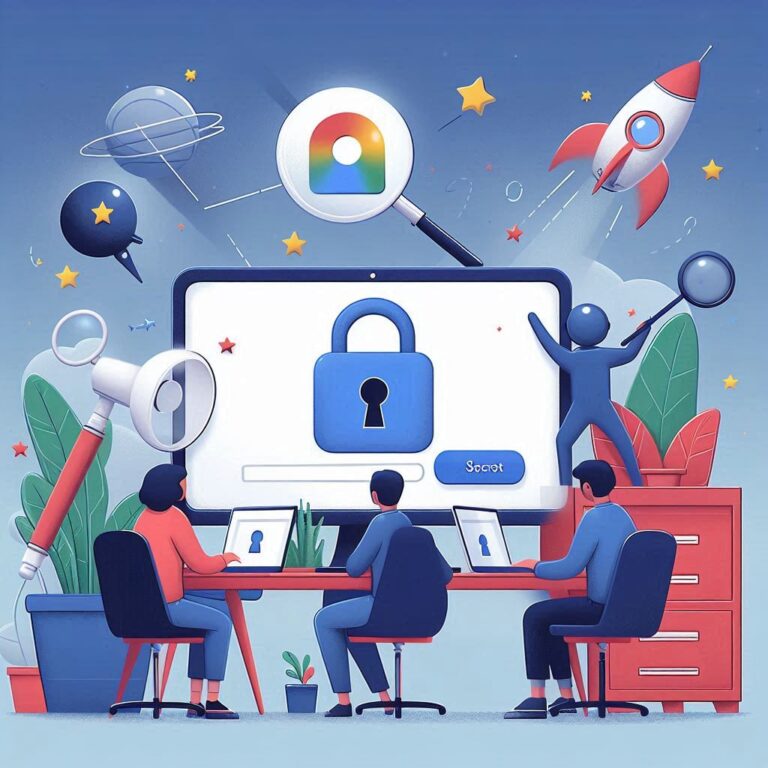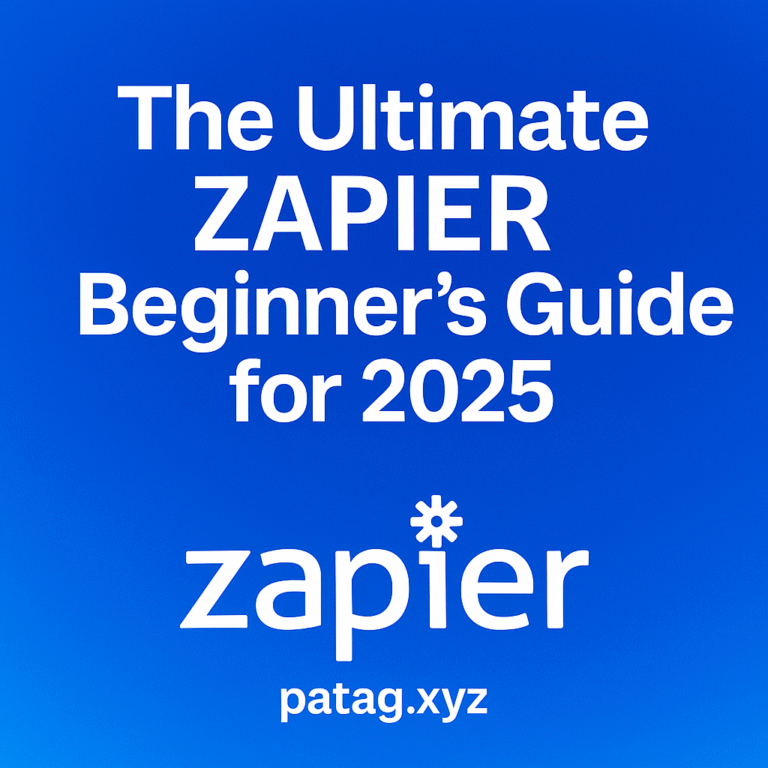AI bots have quickly gone from tech novelty to business necessity. Whether you want to automate customer support, answer FAQs, or streamline internal workflows, integrating ChatGPT into your processes can save hours of time and elevate user experience.
Thanks to no-code automation tools like Make.com (formerly Integromat), creating a powerful AI bot no longer requires deep programming skills. In this guide, we’ll show you step-by-step how to build your own AI-powered bot using ChatGPT and Make.com—with no coding required.
What You Need to Get Started
Before jumping into the setup, make sure you have the following tools ready:
✅ Accounts & Access:
- A Make.com account (free or paid)
- An OpenAI account with access to the ChatGPT API (sign up at platform.openai.com)
- A basic understanding of workflows and how webhooks work
💡 Optional Tools:
- Typeform, Google Forms, Telegram, Gmail, or any other app to trigger your bot
- Google Sheets or Airtable for logging responses
- Slack, Discord, or email for sending replies
Understanding the Integration: ChatGPT + Make.com
Before we dive into building, let’s clarify how this integration works:
- Make.com is a powerful automation platform that connects apps using visual workflows.
- ChatGPT API allows you to send a prompt and receive a response from the GPT model programmatically.
- Together, they enable you to collect user input, send it to ChatGPT, and send the AI’s reply back to the user—automatically.
Real-World Use Cases:
- Auto-reply to website contact forms
- Telegram bot that answers questions
- Slack assistant for your team
- AI-powered copywriting assistant
- FAQ bot for customer support
Step-by-Step: Setting Up the AI Bot
Let’s break this down into actionable steps.
Step 1: Get Your OpenAI API Key
- Visit https://platform.openai.com/account/api-keys
- Log into your OpenAI account
- Click Create new secret key
- Copy the key — you’ll need it inside Make
🔒 Keep this key private! It provides access to your API usage and billing.
Step 2: Create a Scenario in Make.com
- Go to Make.com and log in
- Click “Create a new scenario”
- Add your first module: choose Webhooks > Custom Webhook
- Create a new webhook and copy the URL Make provides
This webhook is the entry point—data from your form, bot, or app will be sent here.
Step 3: Send Input to the Webhook
Now you need something to trigger the scenario. You have options:
- Connect Typeform and send responses to the webhook
- Use Telegram to receive bot commands and messages
- Add a Gmail trigger to forward email content
Test the webhook with some sample input so Make.com knows the structure of the data.
Step 4: Add HTTP Module to Call ChatGPT
This is where the AI magic happens. You’ll now send that input to OpenAI’s API.
- Add an HTTP module in Make after your webhook
- Set the method to
POST - Use the following endpoint:
https://api.openai.com/v1/chat/completions - Under Headers, add:
Authorization: Bearer YOUR_API_KEYContent-Type: application/json
- In the Body, paste this JSON:
jsonCopyEdit{
"model": "gpt-3.5-turbo",
"messages": [
{
"role": "user",
"content": "{{1.text}}" // Replace with your actual incoming text field
}
]
}
Replace
{{1.text}}with the correct reference to the user’s message from the webhook.
Step 5: Handle and Send the Response
Once OpenAI responds, you’ll receive a structured JSON. It looks like this:
jsonCopyEdit{
"choices": [
{
"message": {
"content": "Hello! How can I help you today?"
}
}
]
}
- Use a Text or JSON module to extract the content (
choices[0].message.content) - Send the response back to the user:
- Send Email with Gmail
- Send Message with Telegram or Slack
- Log it in Google Sheets for later reference
Test the entire flow to make sure the user input triggers a response and they receive it!
Bonus: Enhancing Your Bot
Once you’ve built the basic AI bot, you can add advanced features:
✅ Add Filters
Use Make’s filters to process certain types of messages differently (e.g., flag support requests).
🧠 Add Context Memory
Store past messages in Google Sheets or Airtable and feed the history back into ChatGPT for smarter replies.
📊 Log Interactions
Automatically save all chats for auditing or analysis later.
🛑 Error Handling
Add fallback steps in case the OpenAI API fails or rate limits.
Common Use Cases for ChatGPT Bots
Still wondering what to build? Here are a few ideas:
- Customer Support Assistant: Answer FAQs 24/7 on your website or social media
- Sales Bot: Qualify leads through Typeform and suggest product options
- Writing Assistant: Auto-generate outlines, subject lines, or product descriptions
- Slack Internal Assistant: Answer questions about HR policies or team documentation
- Telegram Productivity Bot: Summarize notes, translate text, or brainstorm ideas on command
Troubleshooting Tips
- Webhook not firing? Make sure it’s enabled and the source app is configured correctly
- Getting errors from OpenAI? Check for proper headers, JSON format, and token usage
- Exceeding limits? Use a lower-cost model (like gpt-3.5) and batch tasks
- Bot not responding? Check all variable mappings and module connections in Make
Conclusion
In 2025, combining ChatGPT with tools like Make.com unlocks powerful automation opportunities—without writing a single line of code. Whether you’re a marketer, solopreneur, or tech-savvy team member, setting up an AI bot can transform how you work, engage, and grow.
🔧 Build it. Automate it. Scale it.
Which AI bot are you going to build first?


